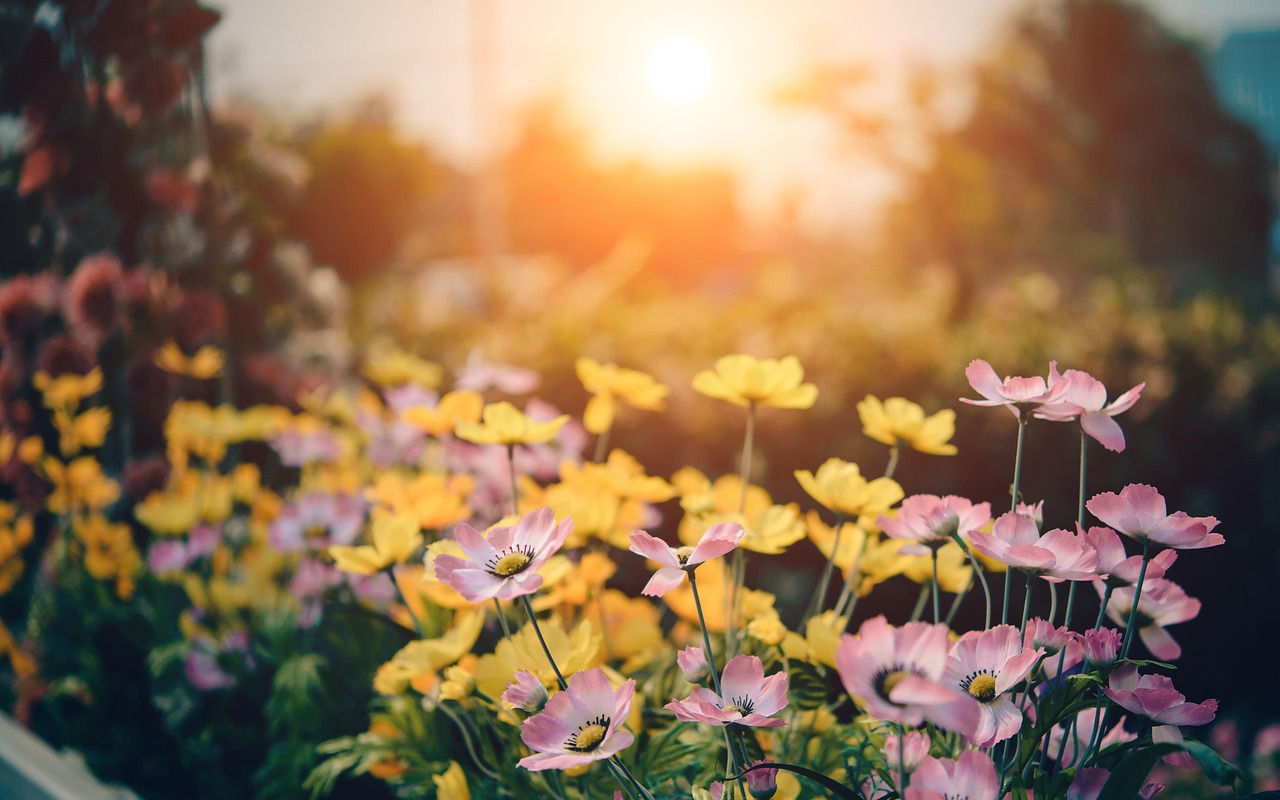A lush, vibrant garden doesn’t have to demand hours of upkeep. With the right approach, you can design a breathtaking outdoor space that thrives with minimal effort. A low-maintenance garden relies on resilient plant choices, efficient watering techniques, and smart garden design to ensure year-round beauty without constant labor. Whether you’re a busy homeowner or simply prefer to spend more time enjoying your garden rather than working in it, this guide will show you how to create an effortlessly stunning landscape.
Choosing the Right Plants for a Low-Maintenance Garden
The foundation of an easy-care garden lies in plant selection. Opting for drought-tolerant plants, native species, and perennial flowers reduces the need for frequent watering and replanting. Hardy options such as lavender, sedum, and ornamental grasses thrive in various conditions while requiring little attention. Evergreens like boxwood and juniper provide structure and color throughout the seasons. Selecting plants adapted to your local climate ensures resilience and longevity.
The Importance of Soil Preparation and Mulching
Healthy soil reduces long-term maintenance by promoting robust plant growth. Enriching your soil with compost before planting enhances fertility, reducing the need for synthetic fertilizers. Mulching benefits extend beyond moisture retention—it also suppresses weeds and regulates soil temperature. Organic options like bark chips, straw, or shredded leaves create a natural protective barrier, minimizing the time spent on weeding and watering.
Efficient Watering Techniques for Minimal Effort
Watering can be one of the most time-consuming gardening tasks, but efficient watering techniques make it easier. Drip irrigation systems deliver water directly to plant roots, reducing waste and ensuring deep hydration. Soaker hoses are another excellent option, keeping the soil evenly moist with minimal supervision. Grouping plants with similar water needs—known as hydrozoning—prevents overwatering and conserves resources. A well-planned irrigation system allows you to maintain a lush garden with little intervention.
Smart Garden Design for Year-Round Beauty
A smart garden design considers structure, color, and seasonal interest to ensure a visually appealing landscape all year long. Layering plants of varying heights creates depth and texture. Using evergreen shrubs as a backdrop and interspersing seasonal bloomers maintains dynamic beauty. Strategic placement of pathways, seating areas, and raised beds enhances both accessibility and aesthetics. A well-thought-out design maximizes impact while minimizing work.
Using Perennials and Evergreens for Long-Lasting Appeal
Annual flowers may provide bursts of color, but they require replanting each year. Instead, perennial flowers return season after season, offering consistent beauty with minimal upkeep. Coneflowers, daylilies, and Russian sage are low-care perennials that provide vibrant blooms. Pairing these with evergreens like holly or dwarf pine ensures your garden maintains visual interest even in the colder months.
Hardscaping Elements to Reduce Maintenance
Incorporating hardscaping ideas into your garden design significantly cuts down on upkeep. Stone pathways, decorative gravel, and paver patios add structure and elegance while eliminating the need for mowing and weeding. Raised garden beds help contain plants neatly, reducing the risk of overgrowth. Features like rock gardens and water-efficient xeriscaping provide beauty without the maintenance demands of traditional lawns.
Organic Weed and Pest Control Strategies
Keeping a garden weed-free and pest-resistant without chemicals is achievable with organic weed control methods. Mulching, as mentioned earlier, acts as a natural barrier against weeds. Cover crops like clover suppress weed growth while enriching the soil. Companion planting—pairing plants that naturally deter pests—reduces infestations. For example, marigolds repel aphids, while basil discourages mosquitoes. Encouraging beneficial insects like ladybugs and praying mantises creates a balanced ecosystem where pests remain under control naturally.
Seasonal Tasks to Keep Your Garden Looking Its Best
A truly year-round landscaping strategy includes a few simple seasonal tasks:
- Spring: Apply fresh mulch, prune shrubs, and divide perennials if needed.
- Summer: Water deeply but infrequently, deadhead flowers, and monitor for pests.
- Autumn: Remove spent foliage, plant bulbs for spring, and apply compost to enrich the soil.
- Winter: Protect delicate plants with mulch, prune dormant trees, and plan for next season’s updates.
By tackling these tasks seasonally, you ensure your garden remains vibrant and healthy without excessive effort.
Summary
Creating a low-maintenance garden that remains stunning year-round is all about smart planning, resilient plant choices, and minimal upkeep techniques. By incorporating drought-tolerant plants, perennials, and evergreens, implementing efficient watering techniques, and utilizing hardscaping ideas, you can design a breathtaking space that thrives with little intervention. With just a bit of initial effort, your garden will provide lasting beauty and enjoyment for years to come.
Please like, comment, and share this article if you found it helpful and
informative.
For more news check out Big Town Bulletin News
For more from Big Town Bulletin check out Big Town Bulletin
Please like, comment, and share this article if you found it helpful and
informative.
For more news check out Big Town Bulletin News
For more from Big Town Bulletin check out Big Town Bulletin


